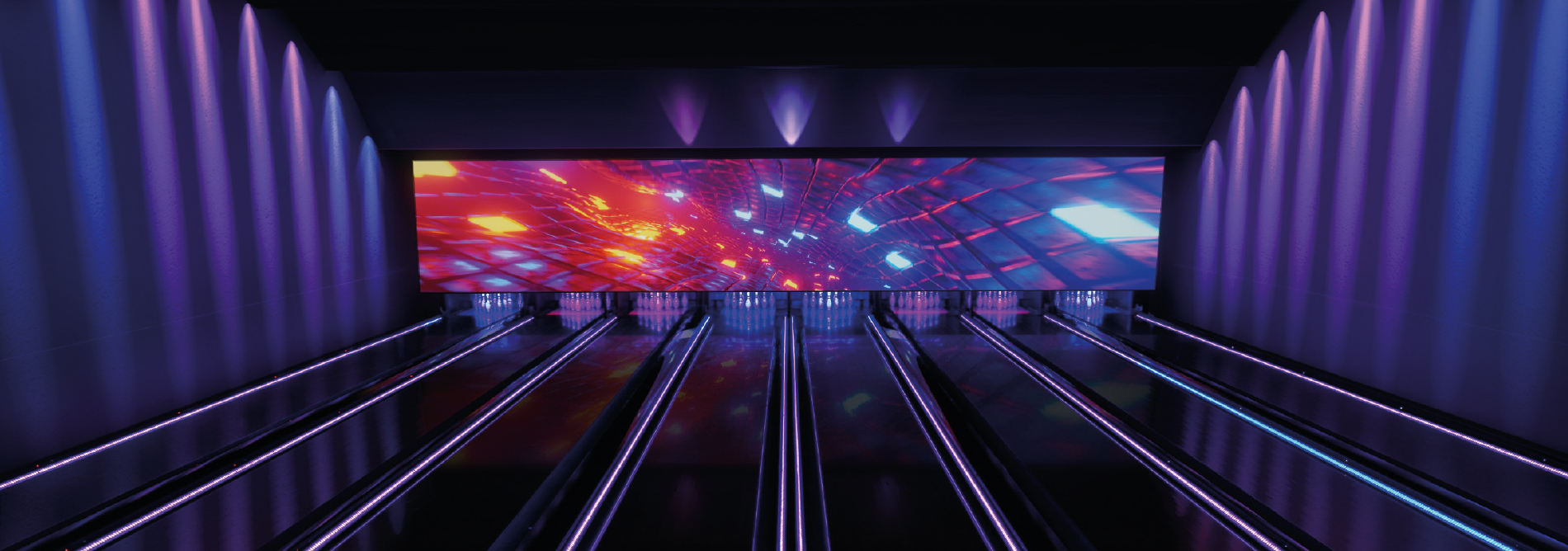Understanding the Impact of Luminance Contrast Ratios on Perceptual Clarity and Viewer Response
Wiki Article
Comparison proportions are an important principle in graphic composition and individual perception. They refer to the difference in luminance between the brightest and deepest parts of a visual interface. A greater brightness level means that there is a larger differentiation between light and dark areas, which can significantly affect how clearly we perceive visuals, content, and other graphical elements. This is particularly crucial when considering how people with different visual abilities interpret information. Understanding contrast ratios helps designers create more effective displays, whether for webpages, promotions, or instructional materials.

The importance of contrast levels can be seen in multiple applications, such as TVs, desktop screens, and smartphones. In these devices, a high brightness level allows for sharper visuals and more legible content. For instance, when watching a film or engaging in interactive media, high contrast can improve the user engagement by making details more distinct. This is also applicable for reading typography on displays; a strong contrast between the text hue and backdrop tone can reduce visual fatigue and improve readability. As people interact with online media daily, designers must prioritize ideal visual balance settings to promote ease and legibility.
Various populations may experience contrast ratios in distinct ways. For people with sight impairments, such as color blindness or low vision, adequate visual separation is essential for comprehending content presented visually. Designers must consider these differences when developing materials. Resources like color contrast checkers can help assess whether the chosen hues offer enough separation for all users. By ensuring suitable visual standards, professionals not only make their work accessible but also demonstrate inclusivity in their designs.
In relation to inclusivity considerations, contrast More Help ratios play a crucial function in visual design quality and general UX. A thoughtfully crafted layout uses color combinations that not only attract attention but also guide visitors through information smoothly. For example, emphasizing key controls or elements with distinct hues enables individuals navigate easily. When viewers are able to differentiate between different elements on a display, they are more likely to interact with the material and perform actions effectively.
Ultimately, as digital innovation continues to advance, the relevance of understanding visual contrast principles remains critical. Advancements in screen technology offer affordable led wall rental options possibilities for even enhanced image sharpness. However, without thoughtful attention of how visual differentiation influences user interpretation, developments may not achieve their full effectiveness. Visual professionals and technologists must remain updated about standards concerning visual contrast to guarantee that their designs stays impactful and intuitive across multiple systems and screens. By emphasizing these guidelines, they can improve user interaction and create a more visually inclusive digital world.